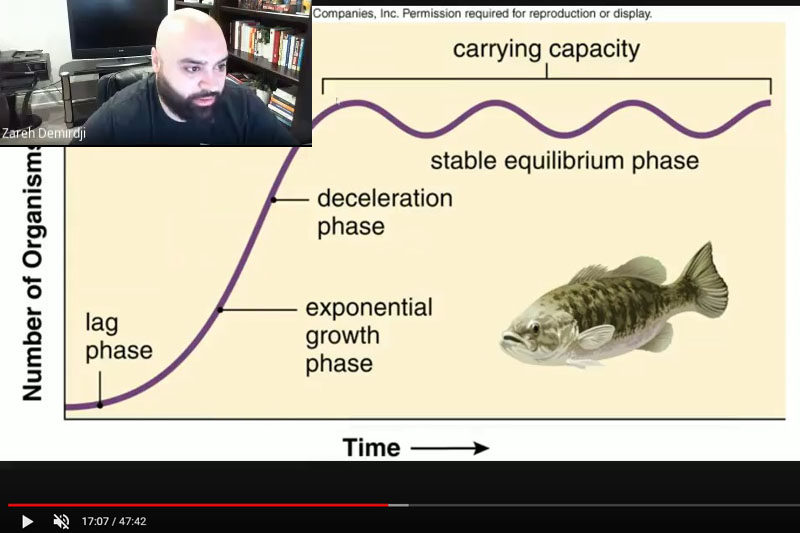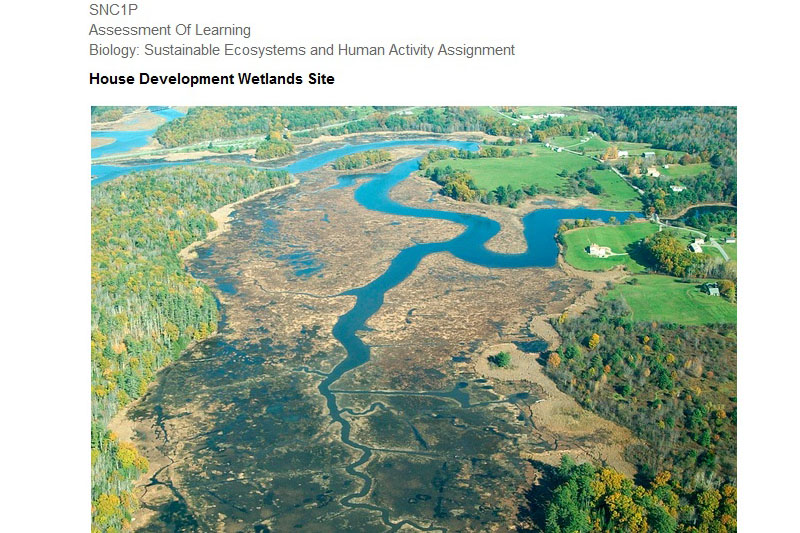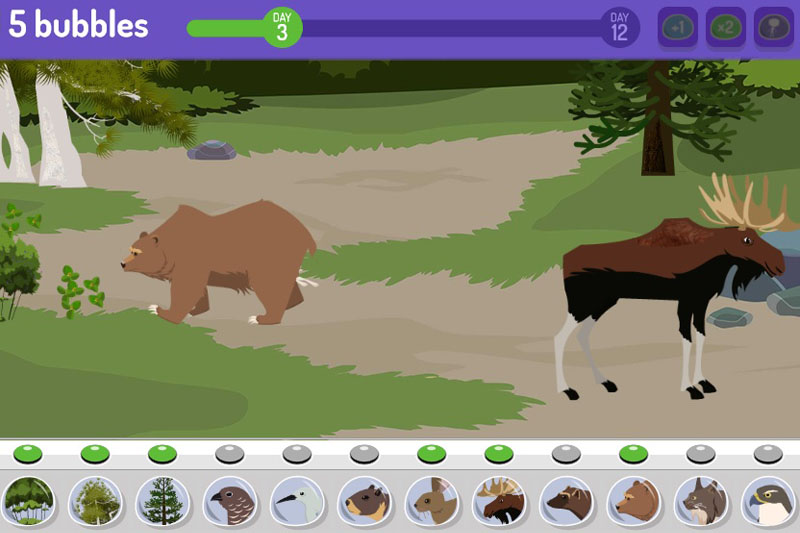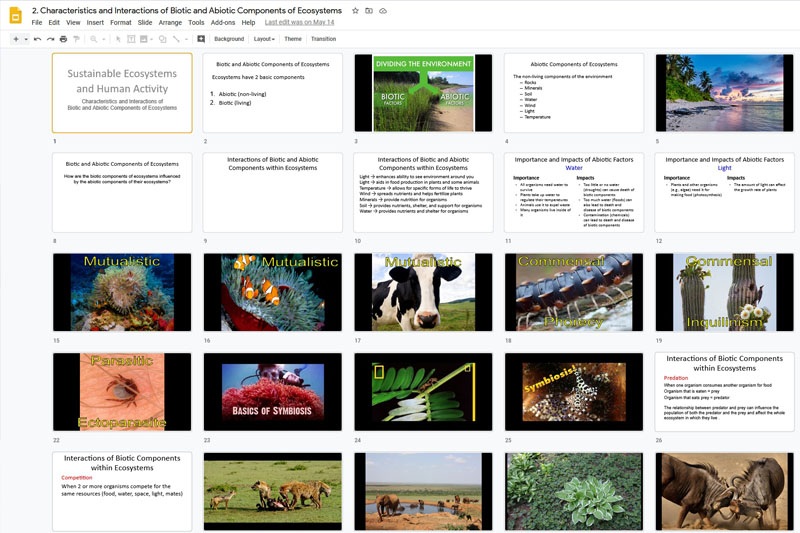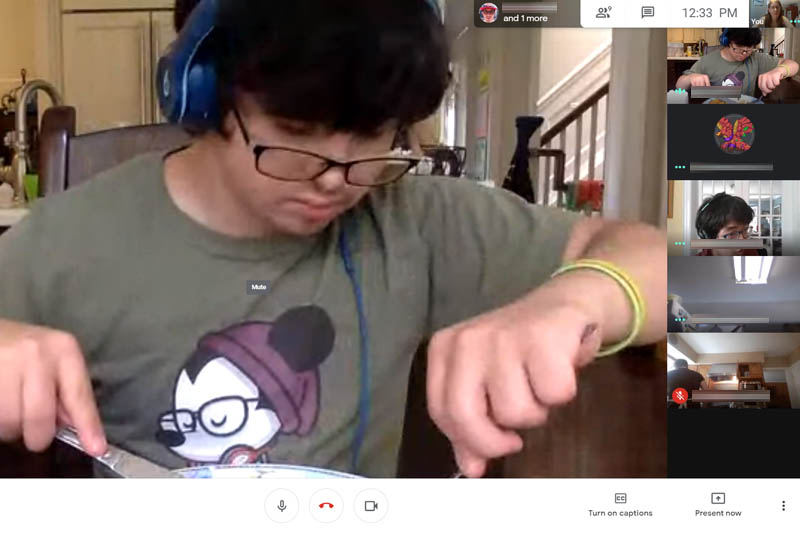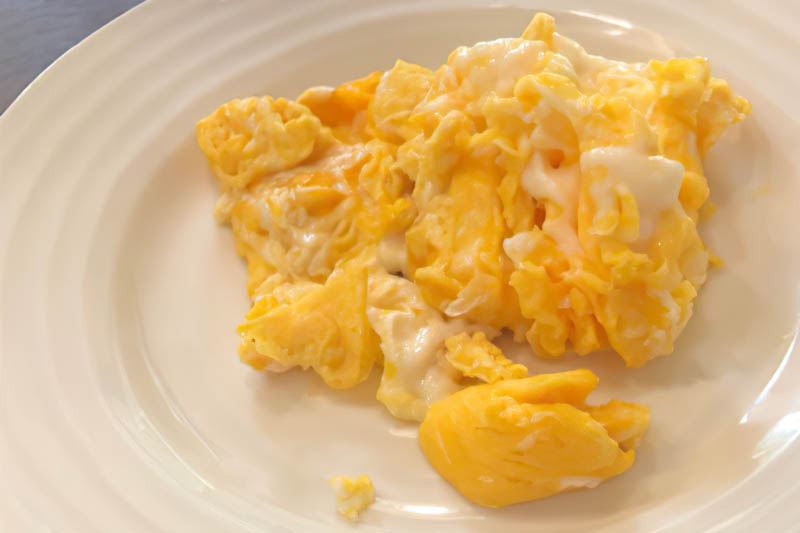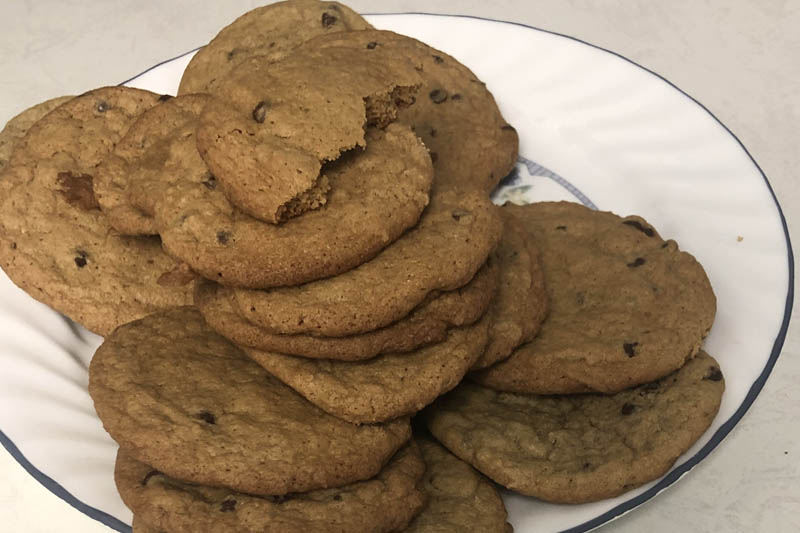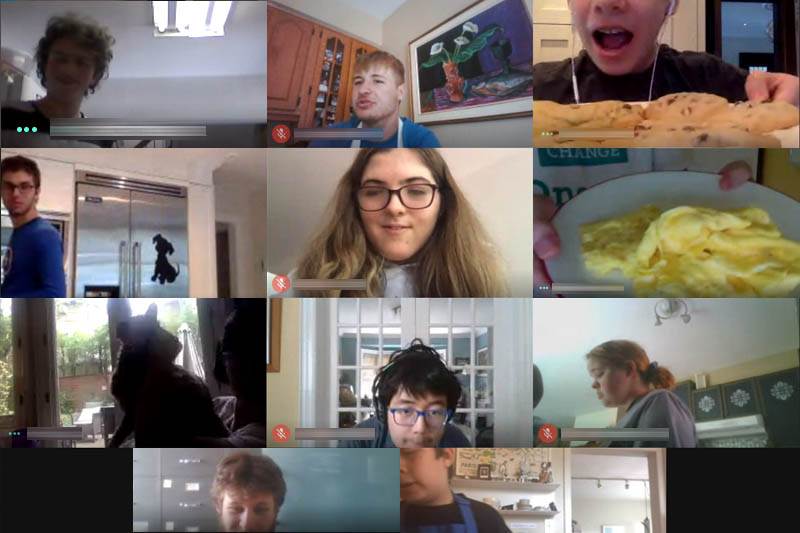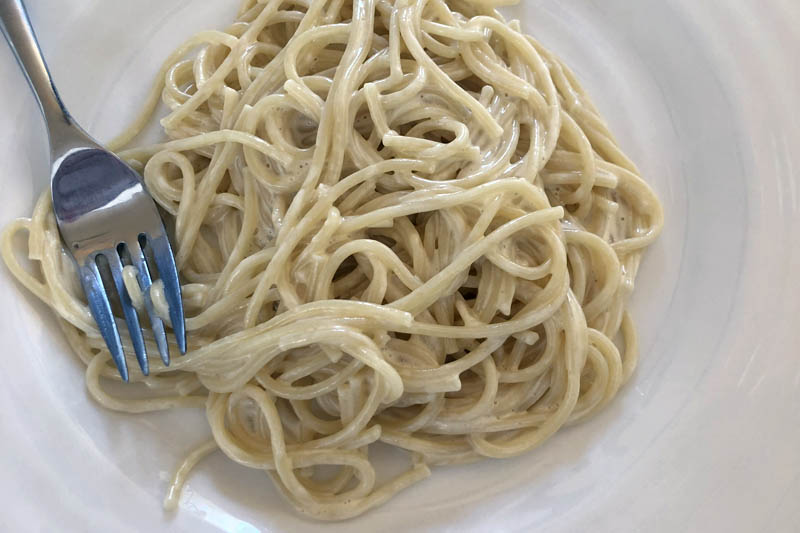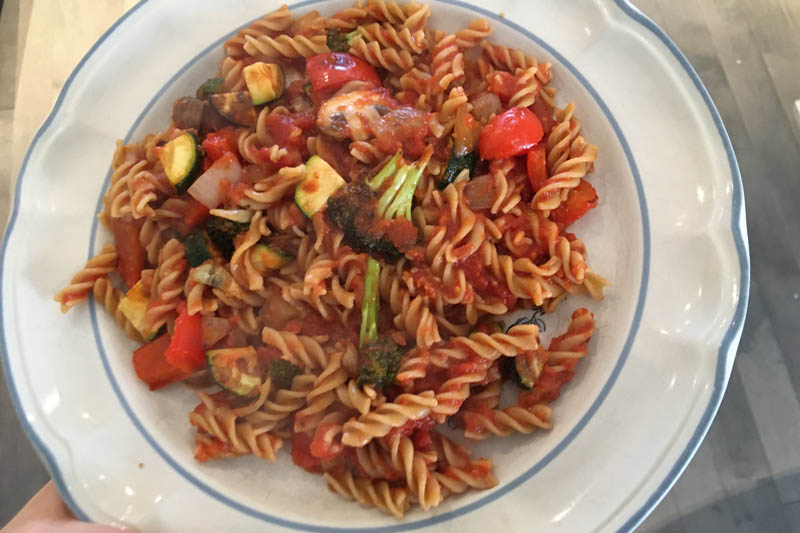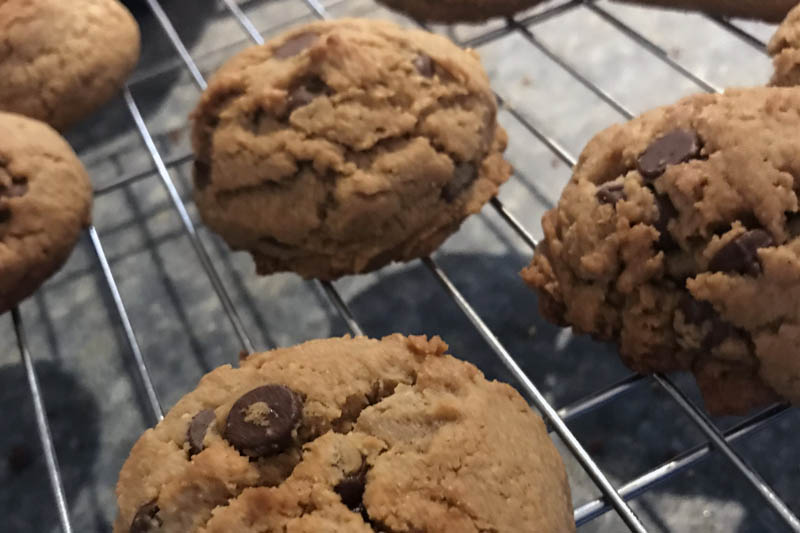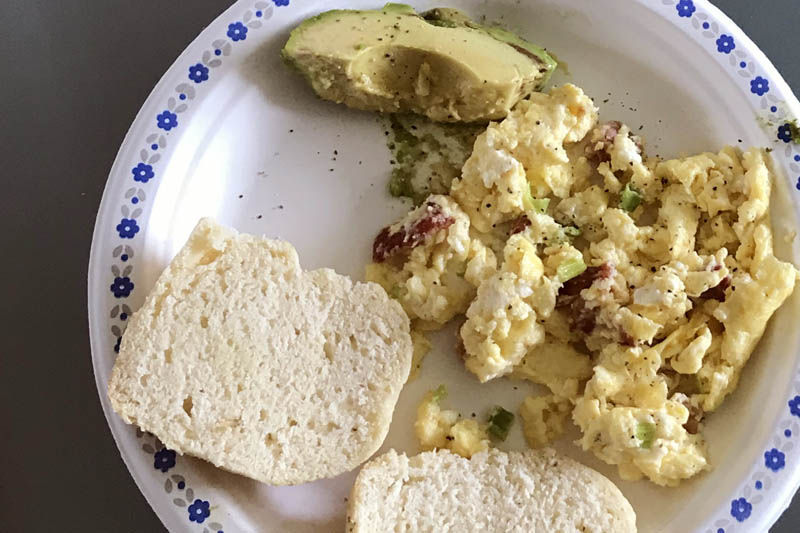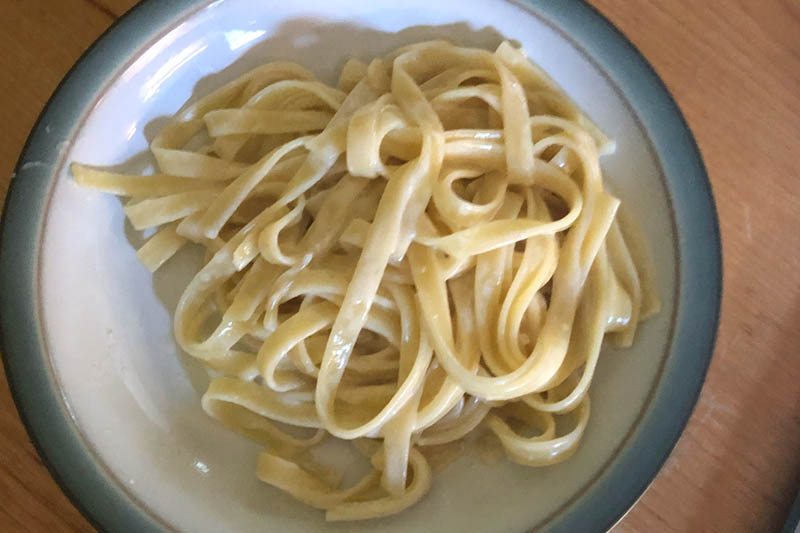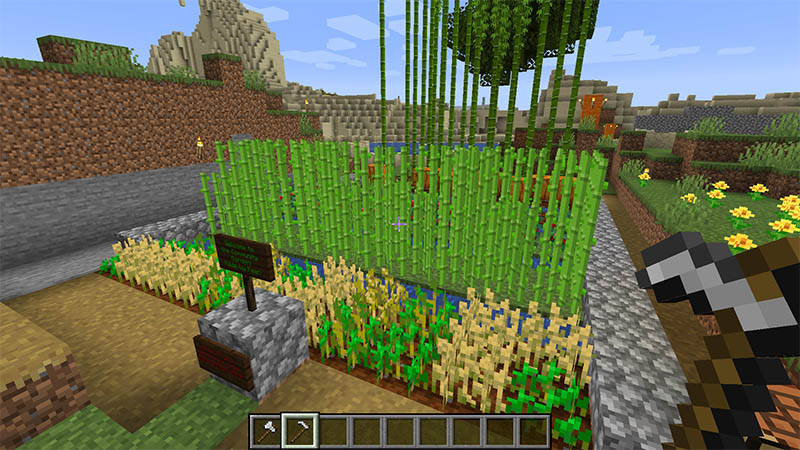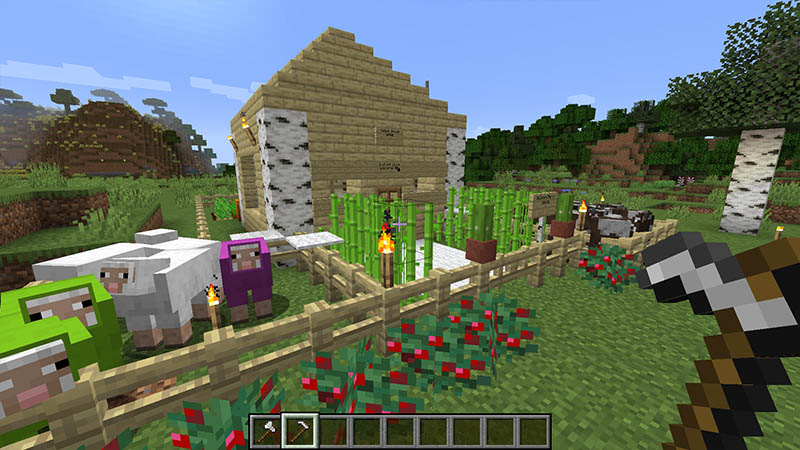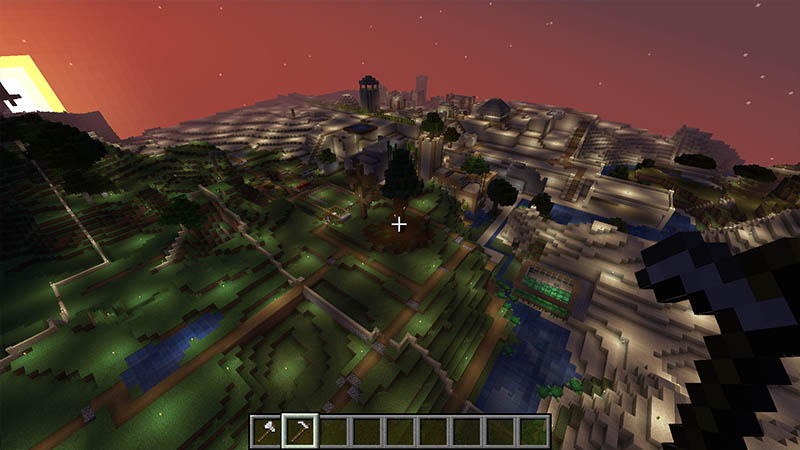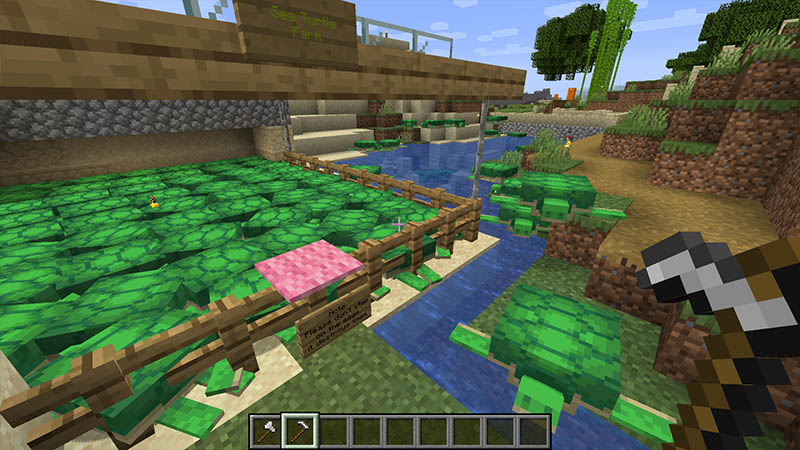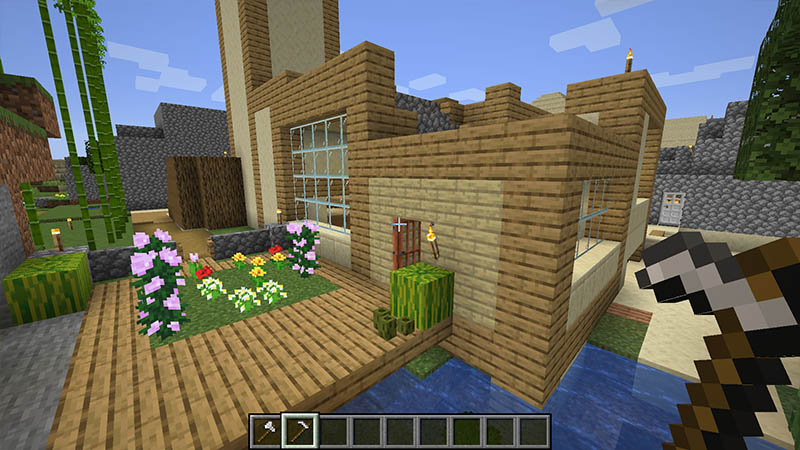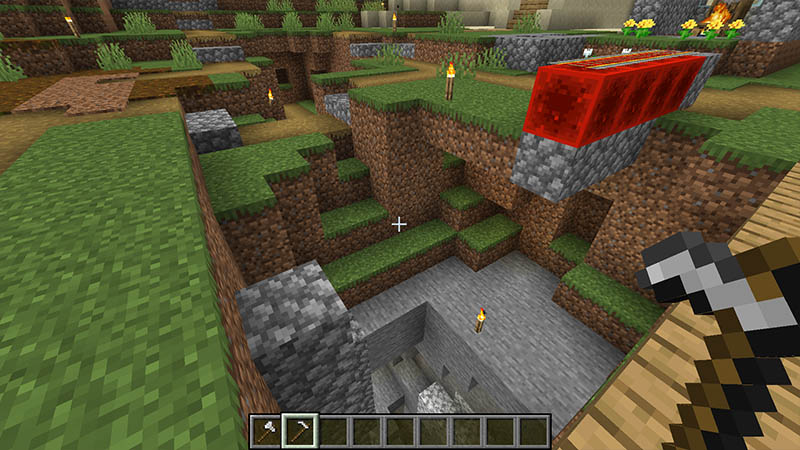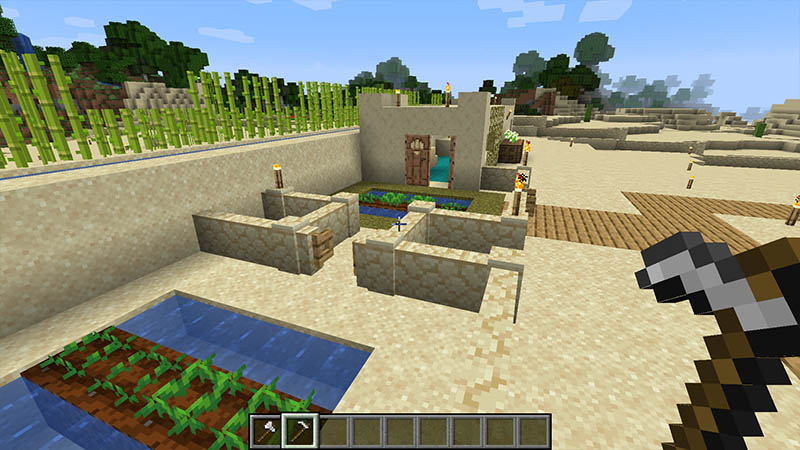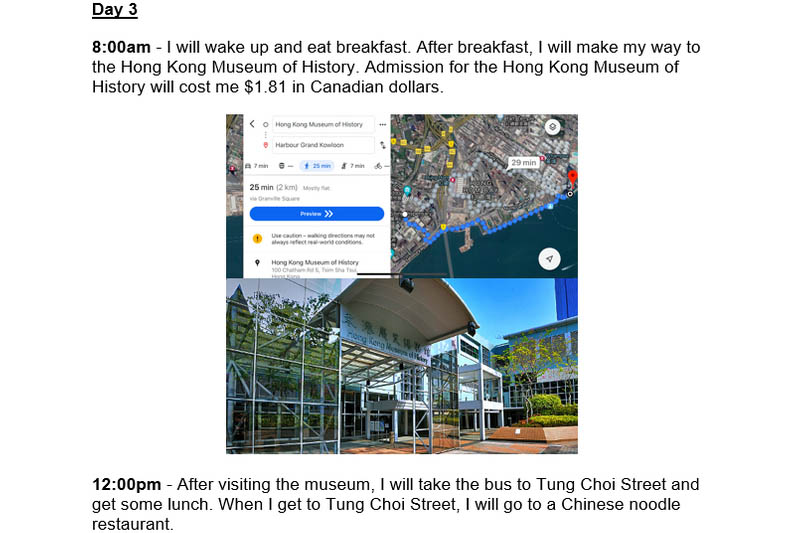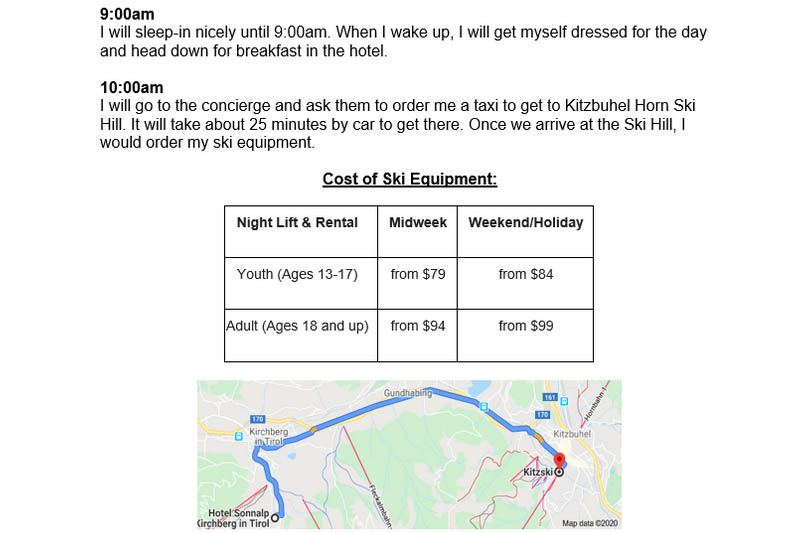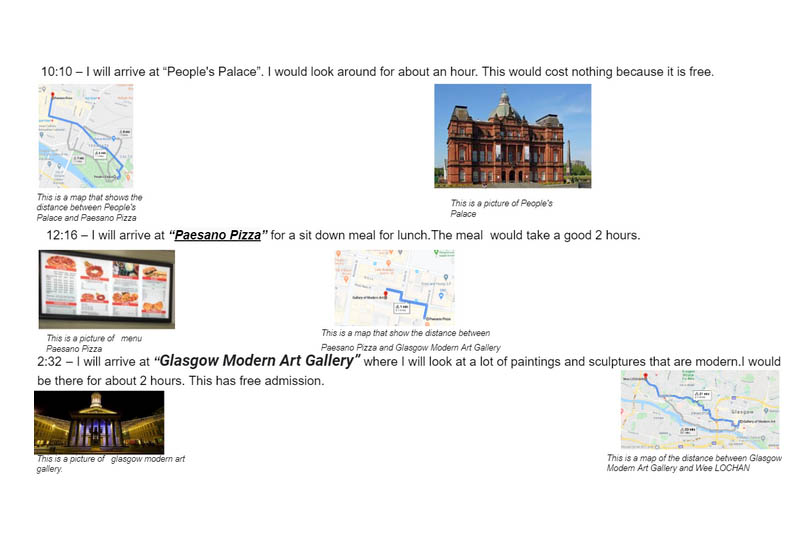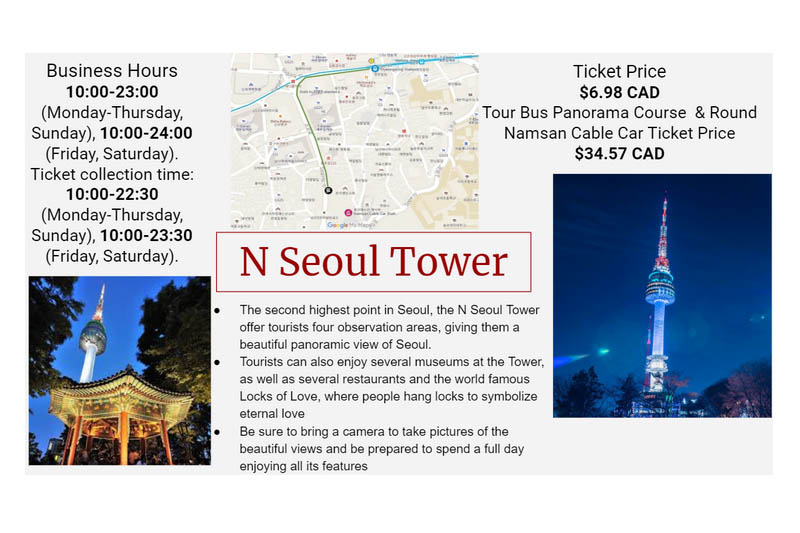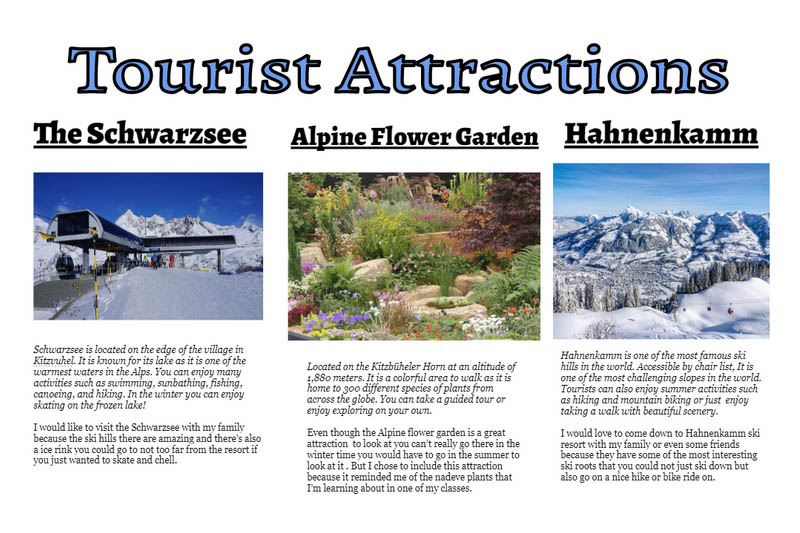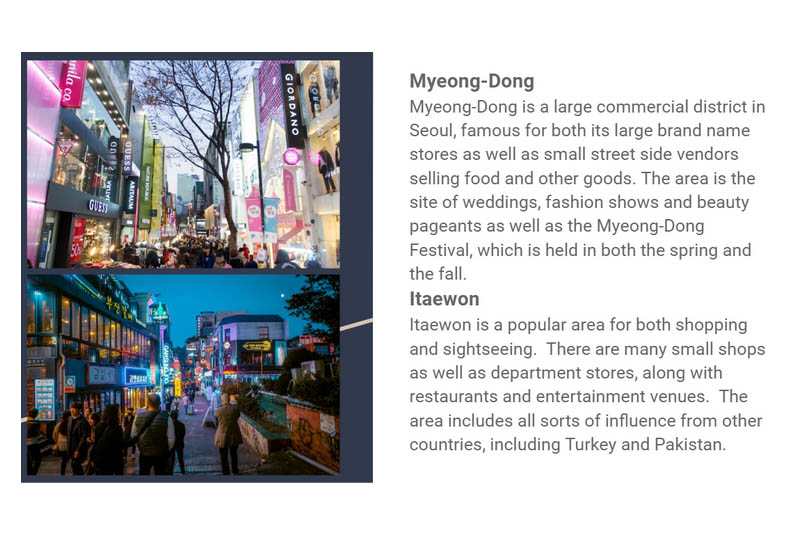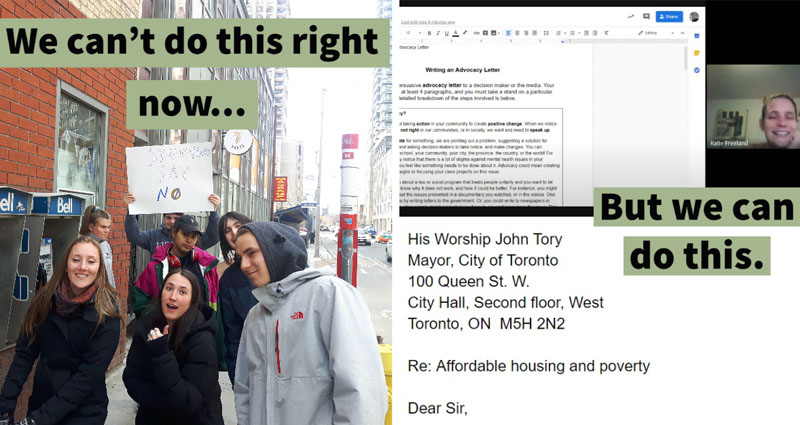
Over the past years, Academy students have been known for making their voices heard in both the school and in the broader community. Whether it’s the Civics class organizing a walkout in support of a current, relevant health curriculum, or several students from our school speaking from the podium at Toronto’s first youth climate rally, they have shown themselves to be eager advocates for their communities, and for a better future.
Of course, there are fewer opportunities to get involved in community action under the circumstances, but students in the literacy skills class have been doing just this by writing thoughtful, persuasive advocacy letters to various leaders and decision-makers. This is not my first year assigning and preparing students for this task, and each time I love to learn what issues matter to them. There is always such a diversity of ideas! Here are just some of the (student-chosen) topics this year:
- why we should do more to combat racism
- homelessness and affordable housing in Toronto
- neighbourhood traffic safety
- the importance of art, music, and physical education in schools
- funding for autism services
- the need for more library branches
In writing their letters, students are learning not only to express and support their opinions in organized paragraphs, but also to write for a real, authentic audience. Moreover, they are learning that literacy skills are not just for school or for getting a job, but can be powerful tools for bringing about positive change. And especially right now, it’s my hope that we can equip them with more of these.

